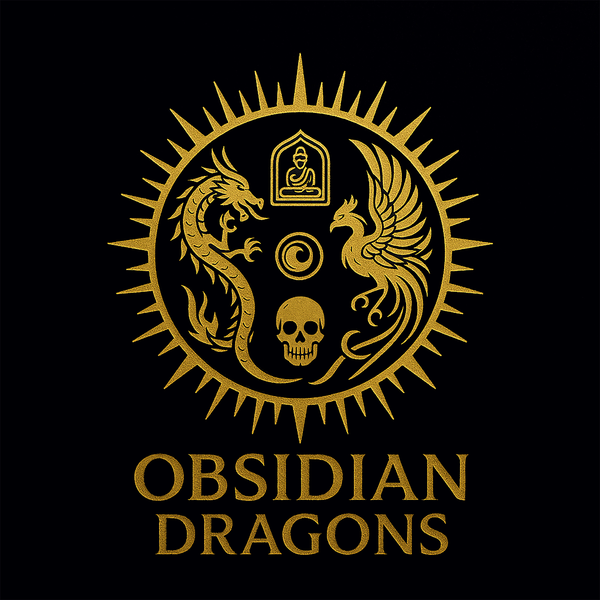obsidian dragons
Tantric Mala - artisanal - Hayagriva practices
Tantric Mala - artisanal - Hayagriva practices
Couldn't load pickup availability
Tantric Mala - artisanal - Hayagriva practices
Tantric mala, handcrafted with exceptional materials, made by us
As Malakara, we make all of our malas ourselves, scrupulously respecting tradition.
As a gemologist graduated from the National Institute of Gemmology in Paris, all our materials are appraised and certified.
Total length of this tantric mala: 53cm
Total weight: 150 grams
This tantric mala is dedicated to the deity Hayagriva whose representation is sculpted by a master specialized in Buddhist arts on this rare and exceptional buffalo bone pendant. 
Dimensions of this pendant finishing this tantric mala: 65.35mm high by 33.68mm wide by 11.93mm thick
This representation of Hayagriva with two arms, holding a scepter in one hand and trampling a human under his feet, is called " Hayagriva Bhairava ".
This form of Hayagriva is associated with a wrathful manifestation of divinity and symbolizes victory over the dark forces of ignorance and evil . Hayagriva Bhairava is considered a protector and subjugator of negative forces, and his visual representation expresses his power and authority over these forces.
Hayagriva is an important deity in Tantric Buddhism, and his practice is associated with esoteric and advanced teachings.
Hayagriva is a deity worshiped in several religious traditions, including Hinduism and Buddhism.
HAYAGRIVA IN HINDU TRADITION:
In Hindu tradition, Hayagriva is considered a form of Vishnu, the protector and preserver of the universe. This particular form of Vishnu is associated with wisdom and knowledge.
Legend has it that he saved the Vedas, the sacred Hindu texts, from the demon by reciting them after retrieving them from the demon.
Thus, Hayagriva is considered the guardian and preserver of divine knowledge. He is depicted with a horse's head, symbolizing strength, power and victory over ignorance.
HAYAGRIVA IN TANTRIC BUDDHISM
Hayagriva, a wrathful manifestation of Avalokiteshvara, embodies the enlightened speech of all Buddhas and is considered the Heruka of the Lotus Buddha (Padma) family.
Often referred to as the "lotus-like speech," Hayagriva is depicted as red in color with a dark green horse's head, sporting a flaming red mane springing from his fiery crown.
This representation evokes the ferocity of his speech, symbolized by the powerful cry of a wild horse in the Tibetan plains, carrying the roar of the Dharma carried by the wind.
Hayagriva's form can vary, sometimes with three heads representing the three gates of body, speech and mind, and six arms symbolizing his victory over the suffering of the six realms through the practice of the six perfections (paramitas). His three faces, each with three wrathful eyes, express understanding of the three times of past, present and future.
The story of Hayagriva is intrinsically linked to Vajrasattva and the defeat of the demon Maheśvara/Rudra. In a series of nine dances and fierce combats, Hayagriva joins forces with Vajrapani and Vajravārāhī to defeat Rudra. In a symbolic act, Hayagriva shrinks, enters Rudra through his anus, and then, inside, grows to gigantic proportions to destroy him from within. After this victory, Rudra, transformed, becomes a protector of the dharma, and Hayagriva wears his demonic body like a garment.
In another version, Hayagriva is reborn as a child, Vajrarakshasha, from the union with the rakshasha queen Krodhisvari. Vajrarakshasha takes control of Rudra's kingdom, subdues him, and destroys him by stabbing him in the chest with a three-pointed khaṭvāṅga. After devouring Rudra, he excretes him, purifying him in the process, and Rudra becomes a protector of dharma, with his army of demons becoming his loyal servants.
The practice dedicated to Hayagriva includes puja rituals, recitation of the mantra " Hri Benza Todha Hayagriva Hulu Hulu Hum Phet ," meditation on his wrathful image, and sometimes special initiations under the guidance of qualified masters. These practices aim to cultivate wisdom, compassion, and overcome obstacles on the path to enlightenment.
THIS TANTRIC MALA IS CONSIST OF:
108 red buffalo horn beads
Diameter of each pearl: 9mm high by 6mm wide.
In the counter-pearl, every 27 beads of tantric mala, we placed three DZIS, authentic Tibetan sacred agates reinforcing the protection of the practitioner
THREE-EYED DZI: BALANCE OF ENERGIES: 
Also known as the "Third Eye Dzi," each of the three eyes symbolizes different facets of Buddhist wisdom: wisdom of the body, wisdom of speech, and wisdom of the mind. Together, they represent the triple wisdom needed to achieve enlightenment.
The three eyes also symbolize the balance of energies , representing the harmonious union of feminine (the left eye), masculine (the right eye) and neutral (the third eye in the center) energy.
The three-eyed Dzi symbolizes the development of inner wisdom and spiritual insight.
The third eye is associated with spiritual awakening . The three-eyed Dzi can be worn to promote spiritual growth, expansion of consciousness, and personal development.
A bead promoting clairvoyance and inner vision, the three-eyed DZI can be worn to enhance intuition and the ability to perceive beyond the outward appearance of things.
TWO-EYED DZI: HARMONY AND PROSPERITY: 
Also called "Double Eye Dzi" or "Two Sphere Dzi", is considered a powerful symbol in Tibetan and Buddhist culture.
Often associated with the idea of harmony and balance, the two eyes represent the union of opposing energies, thus creating harmony between positive and negative forces .
Will bring good fortune and prosperity to its wearer. It is considered a protective talisman that balances energies and attracts positive influences.
Due to its symbolism of harmony, the two-eyed Dzi is also considered a protective bead. It is believed to shield its wearer from negative energies and evil influences .
Spiritually, the two-eyed Dzi is associated with clear vision and spiritual perception. It can be worn to enhance meditation, intuition, and inner wisdom.
Would promote harmony in interpersonal relationships, encouraging mutual understanding and communication.
TIGER TOOTH DZI: STRENGTH AND COURAGE: 
Tiger teeth symbolize the strength and power of the tiger, an animal associated with protection. The DZI with tiger teeth is said to offer protection against negative energies, malevolent influences and obstacles.
The tiger is also associated with courage and confidence. Wearing tiger tooth DZI beads is considered a way to attract these qualities and strengthen determination .
Tibetan DZIS are considered sacred objects linked to spirituality. The tiger teeth add a special dimension, symbolizing the courageous path to spiritual awakening.
The finishing bead, also called the "Guru bead" of this tantric mala is a dragon hand-carved from buffalo bone. 
In Buddhism, the dragon is seen as a symbol of spiritual power . It represents inner strength, perseverance in spiritual practice, and the ability to overcome obstacles on the path to enlightenment.
Associated with wisdom and knowledge. They are considered guardians of Buddhist teachings , transmitting esoteric wisdom to devoted disciples .
Dimensions of this guru bead: 28.09mm long by 20.49mm wide by 20.41mm deep
On each side of this tantric mala, we have added the counters, specific to Tibetan malas.
These counters are used to track the number of complete cycles of mantra recitation.

These two counters are made up of 10 copper discs of 8mm diameter. Under these 10 discs a skull on each side sculpted in buffalo bone .
In Tantric Buddhism, the skull is a powerful reminder of the impermanence of life and the inevitable reality of death. This meditation on death aims to awaken a deep understanding of the ephemeral nature of existence and encourage practitioners to transcend the fear of death.
The skull, as a symbol of death, is also associated with the transcendence of the ego. Meditation on the skull helps practitioners abandon attachment to individual identity and realize the illusory nature of the self.
A three-eyed DZI bead is embedded under each skull
Below these skulls and three-eyed DZI beads are placed the Buddhist cult instruments dorje and drilbou (Tibetan bell), also handcrafted from buffalo bone.
Dorje (or Vajra): The dorje is an important symbol in Tibetan Buddhism, representing the indestructible nature of the awakened mind. It is often used as a symbol of stability and spiritual power. When used as a counter, it can represent the completion of a cycle of 10 mantra recitations.
Bell (or Drilbu): The bell, or drilbu, is also a significant symbol in Tibetan Buddhism. It represents transcendent wisdom and is often associated with the feminine and emptiness. When used as a counter, it can symbolize the completion of a cycle of 10 mantras.
Finally we closed these two counters using two traditional tassels
Tassels are decorative and symbolic elements frequently present on a mala.
Tassels add an aesthetic finishing touch to the mala, contributing to its overall visual appeal.
Tassels represent energy and movement. When the mala is used during mantra recitation or meditation, the tassels are seen as reminders of the energy flowing through the mala and the practitioner.
The threads of the tassels are often intertwined, symbolizing unity and interconnectedness, reflecting the idea of the oneness of all beings in spiritual practice.
Tassels act as energetic protectors, helping to preserve the spiritual energy generated during use of the mala.
We have also integrated into this tantric mala, a traditional ghost-hunting bell in 925 silver , the two sides of which represent a Kirin 
The ghost hunting bells, also known as "fengling" are traditional sound instruments used to drive away evil spirits and negative energies. The sound produced is believed to purify the environment and provide spiritual protection .
The sound of bells is considered a form of communication with deities and spirits. It is used to attract the attention of celestial powers and establish a spiritual connection.
The vibrating sound is believed to bring positive energies and promote prosperity and well-being.
The regular ringing can help induce a state of calm and facilitate concentration .
Bells symbolically represent the presence of deities and spiritual forces in the material world. They are a link between the spiritual and the physical , creating a sacred atmosphere.
Finally, we have also integrated a 925 silver Guru Rimpoche scorpion to reinforce the spiritual power of this tantric mala. 
Guru Rinpoche's scorpion is a powerful esoteric symbol in the Tibetan Buddhist tradition, associated with the great spiritual master Padmasambhava.
The presence of the scorpion in the representation of Guru Rinpoche is linked to the master's ability to transform obstacles and negative energies into skillful means to progress on the spiritual path .
The scorpion symbolizes Guru Rinpoche's mastery over dark forces and disturbing influences.
In Buddhist practice, Guru Rinpoche's scorpion is considered a protective amulet. Worn to ward off obstacles, dispel negative energies, and provide spiritual protection, the scorpion helps purify inner and outer obstacles, thereby promoting spiritual growth and realization.
Tantric Mala, Tantric Mala, Tantric Mala, Tantric Mala, Tantric Mala, Tantric Mala, Tantric Mala, Tantric Mala, Tantric Mala, Tantric Mala, Tantric Mala, Tantric Mala, Tantric Mala, Tantric Mala, Tantric Mala, Tantric Mala, Tantric Mala, Tantric Mala, Tantric Mala, Tantric Mala, Tantric Mala, Tantric Mala, Tantric Mala, Tantric Mala, Tantric Mala, Tantric Mala, Tantric Mala, Tantric Mala, Tantric Mala, Tantric Mala, Tantric Mala, Tantric Mala
Share
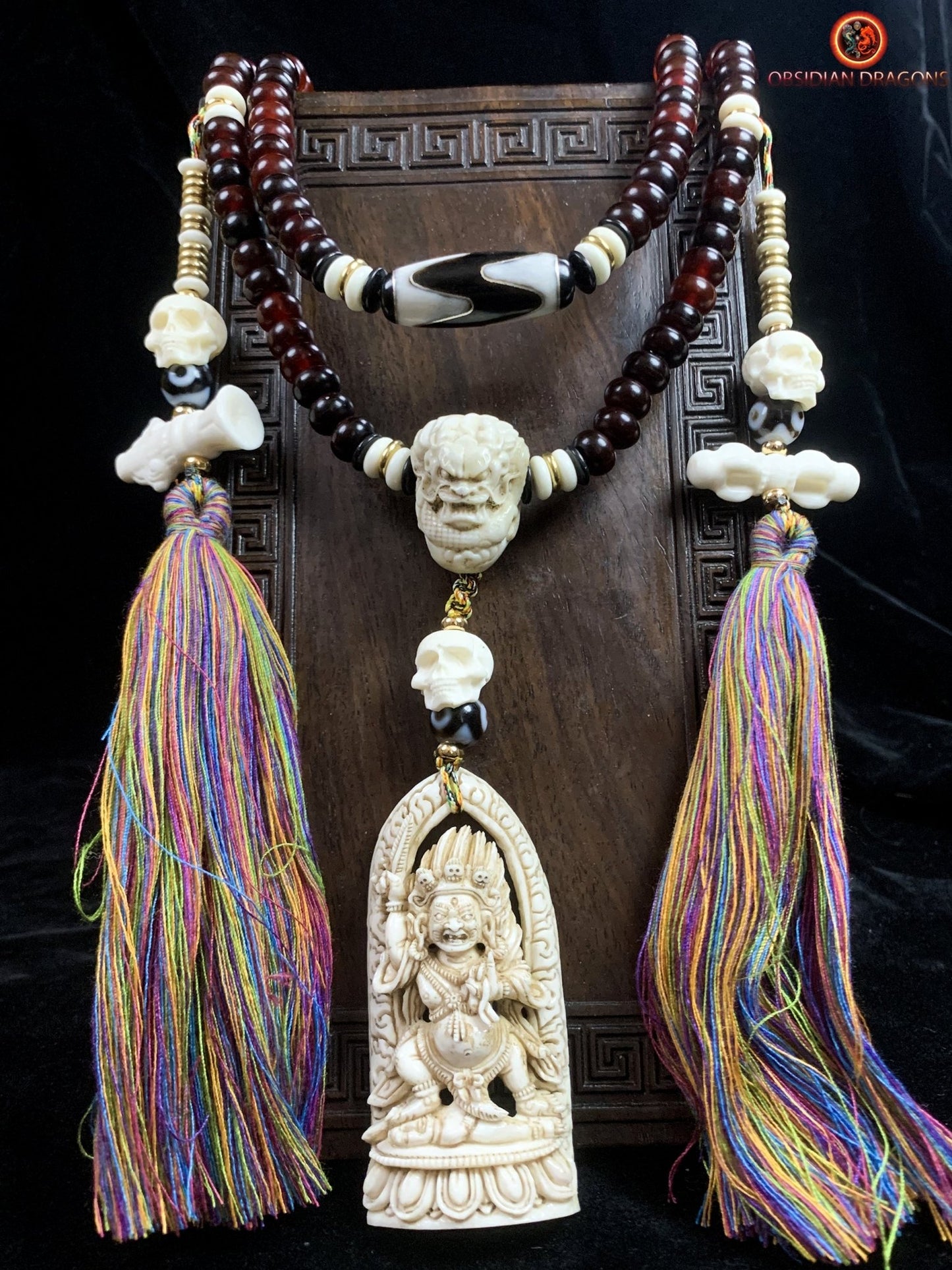
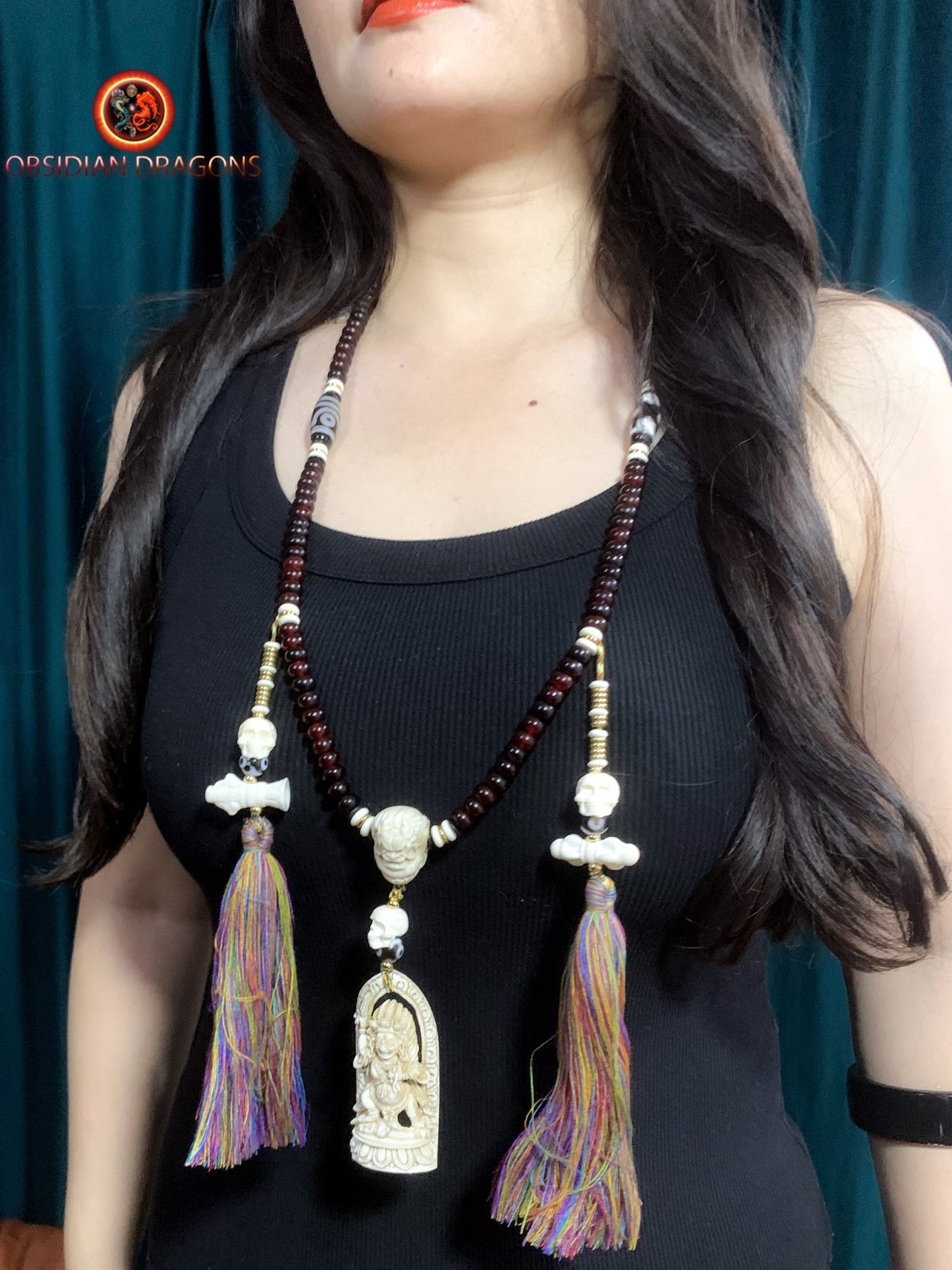
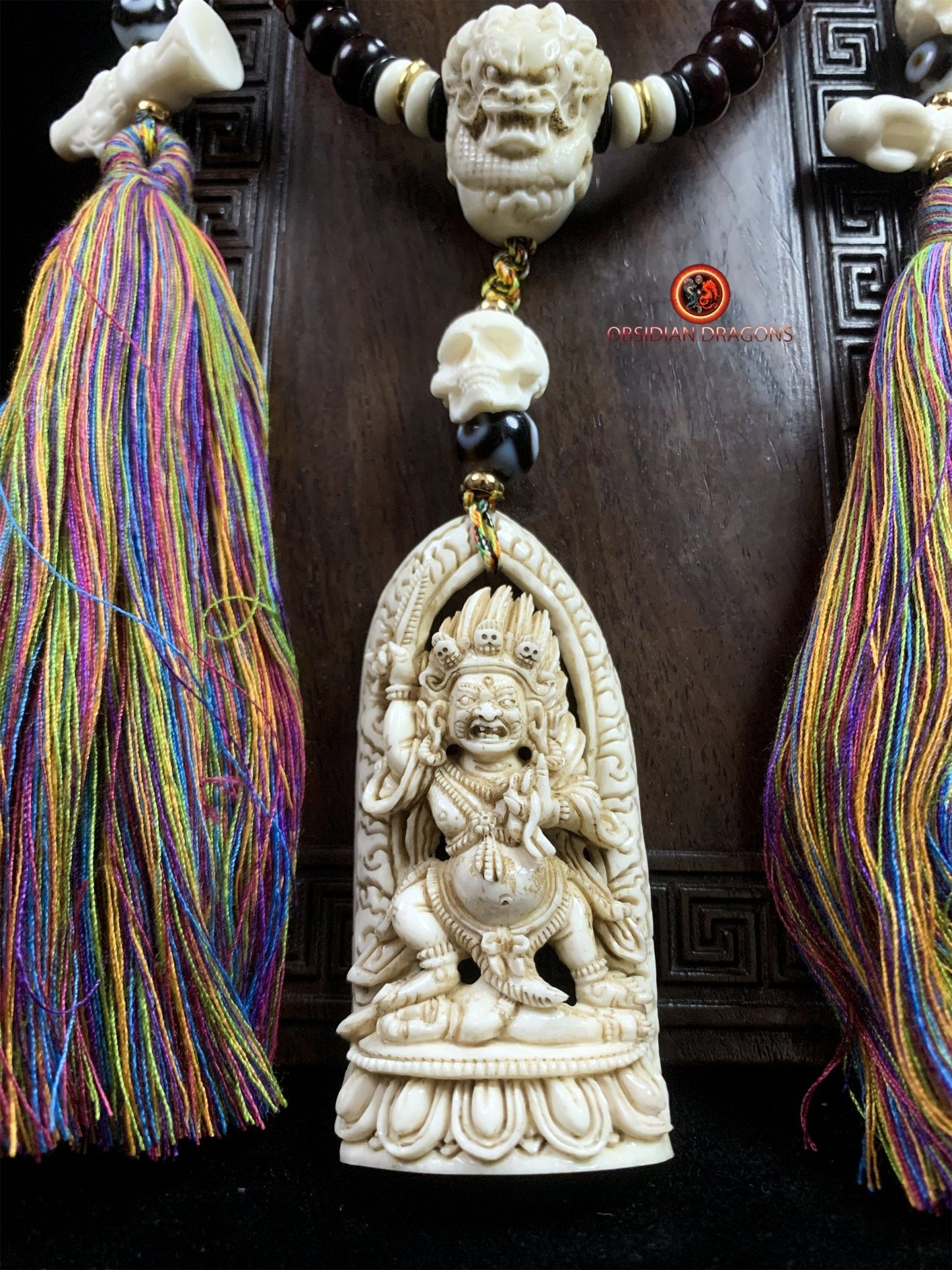
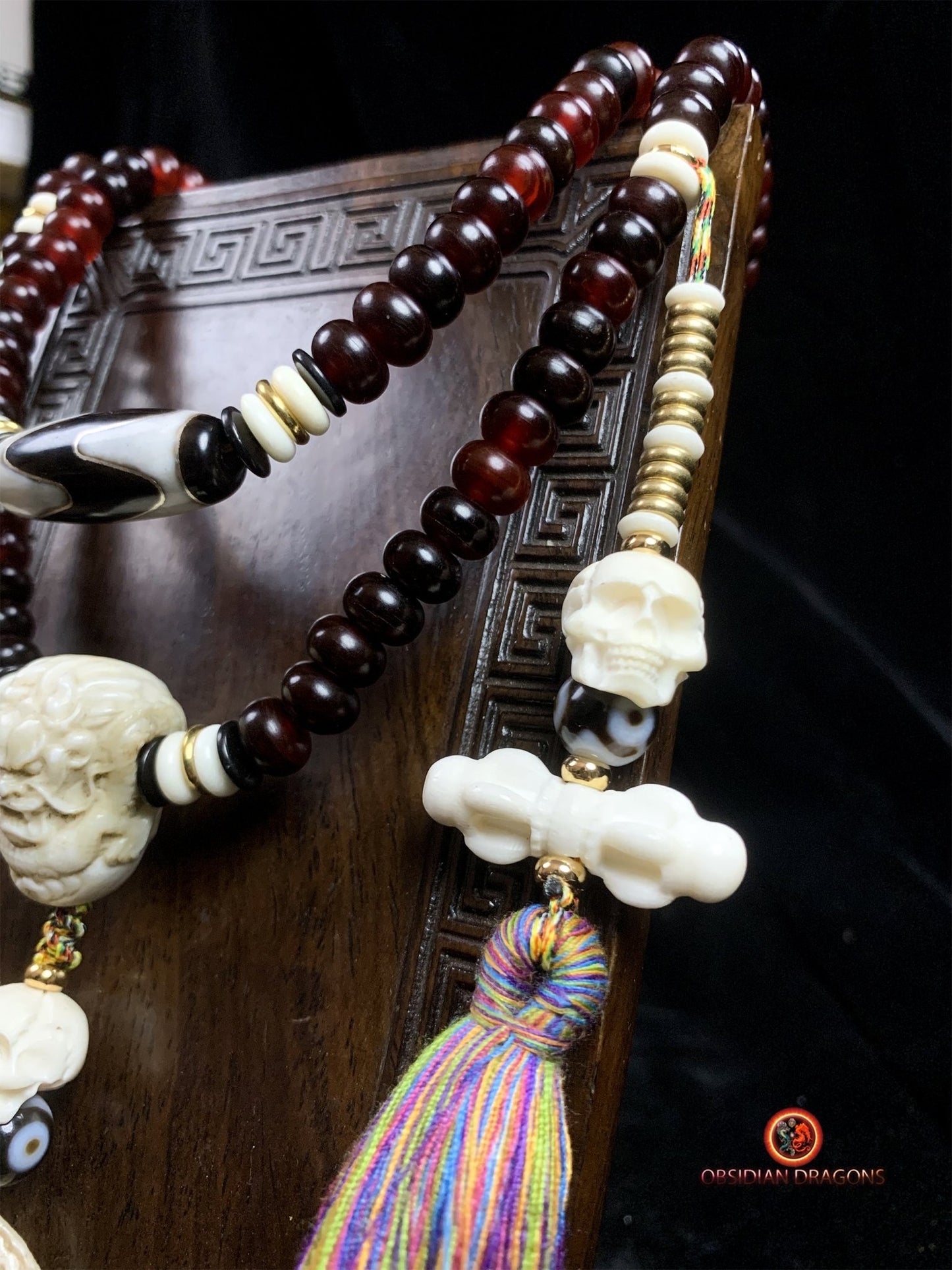
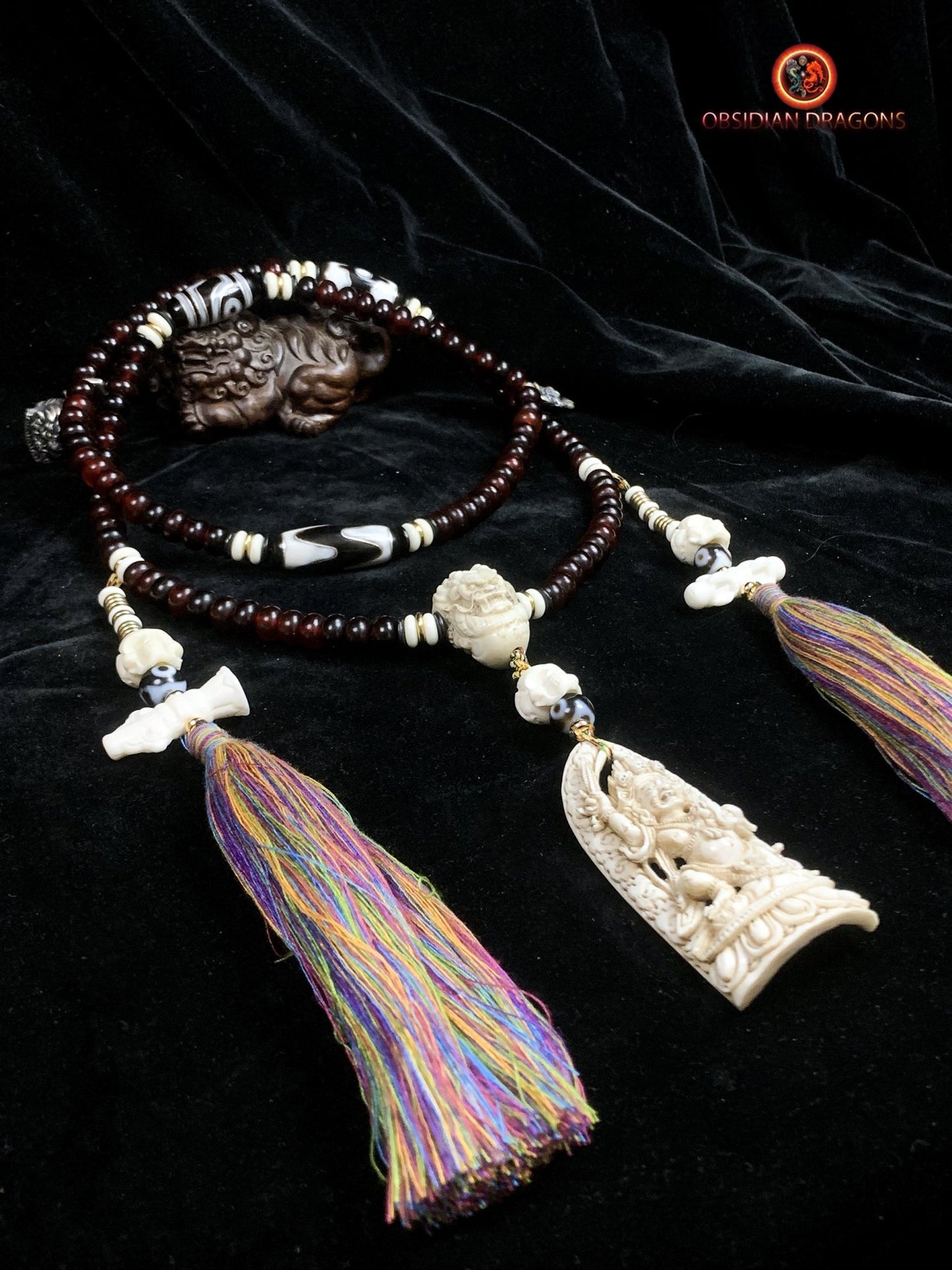
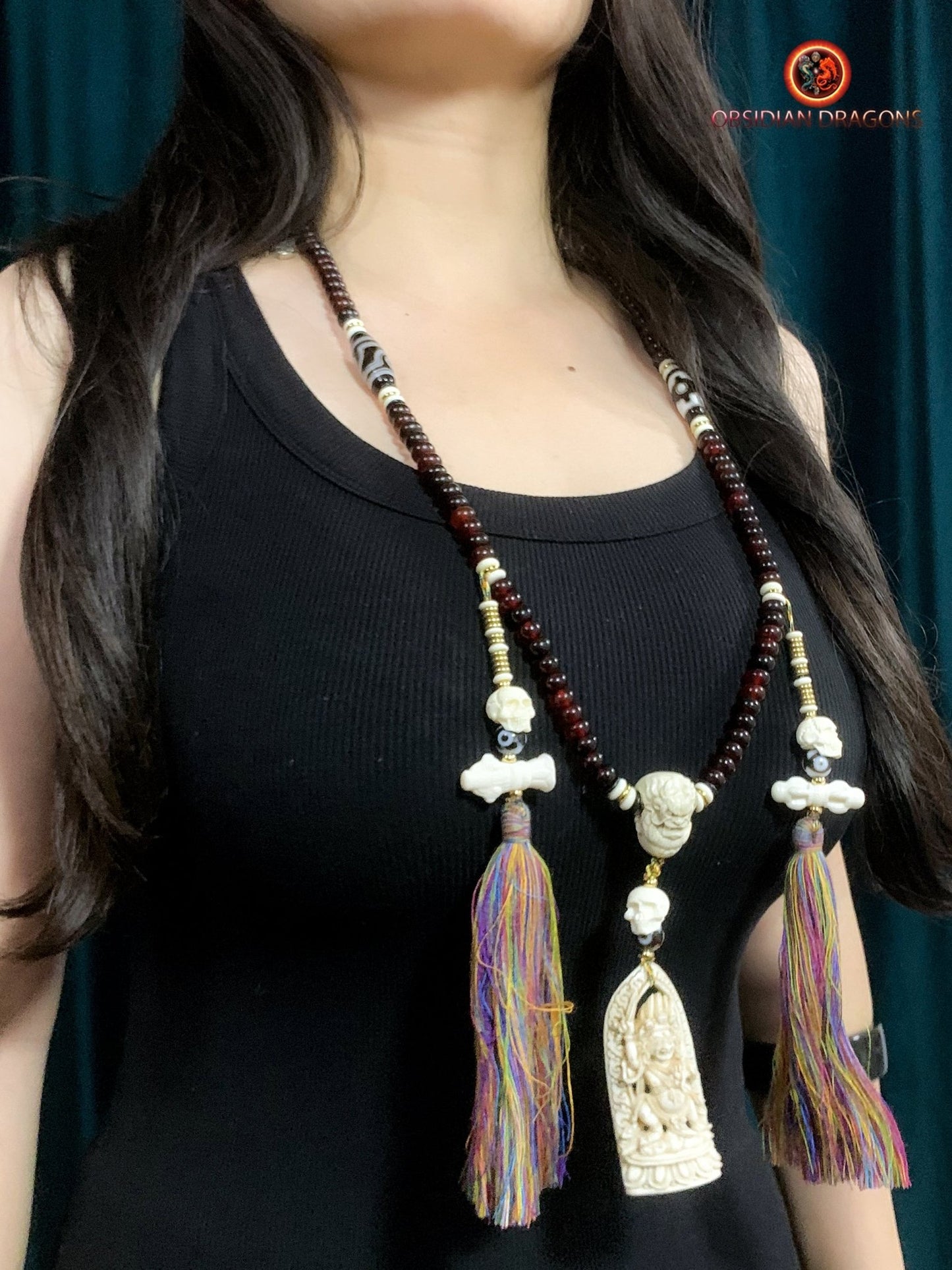
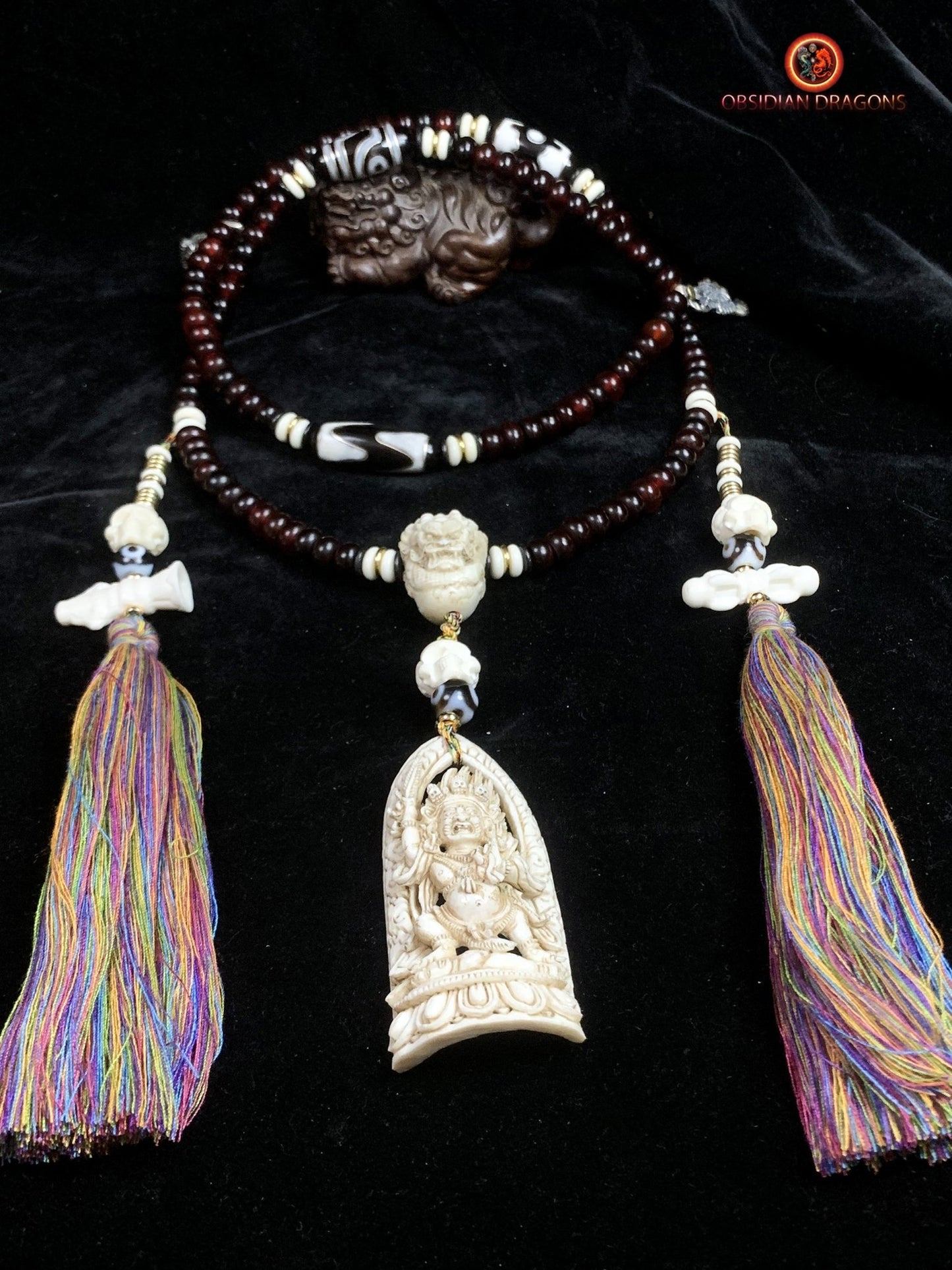
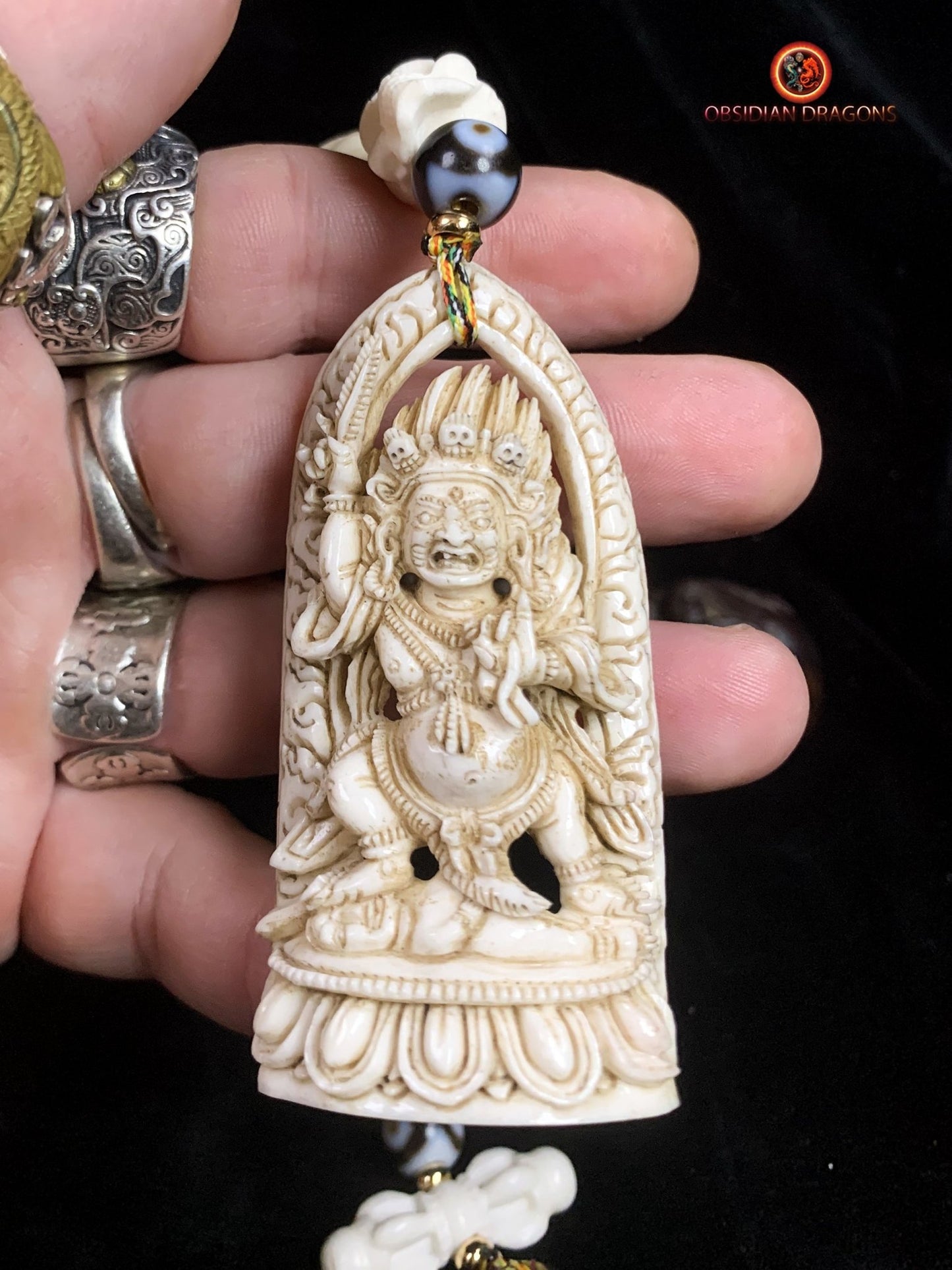
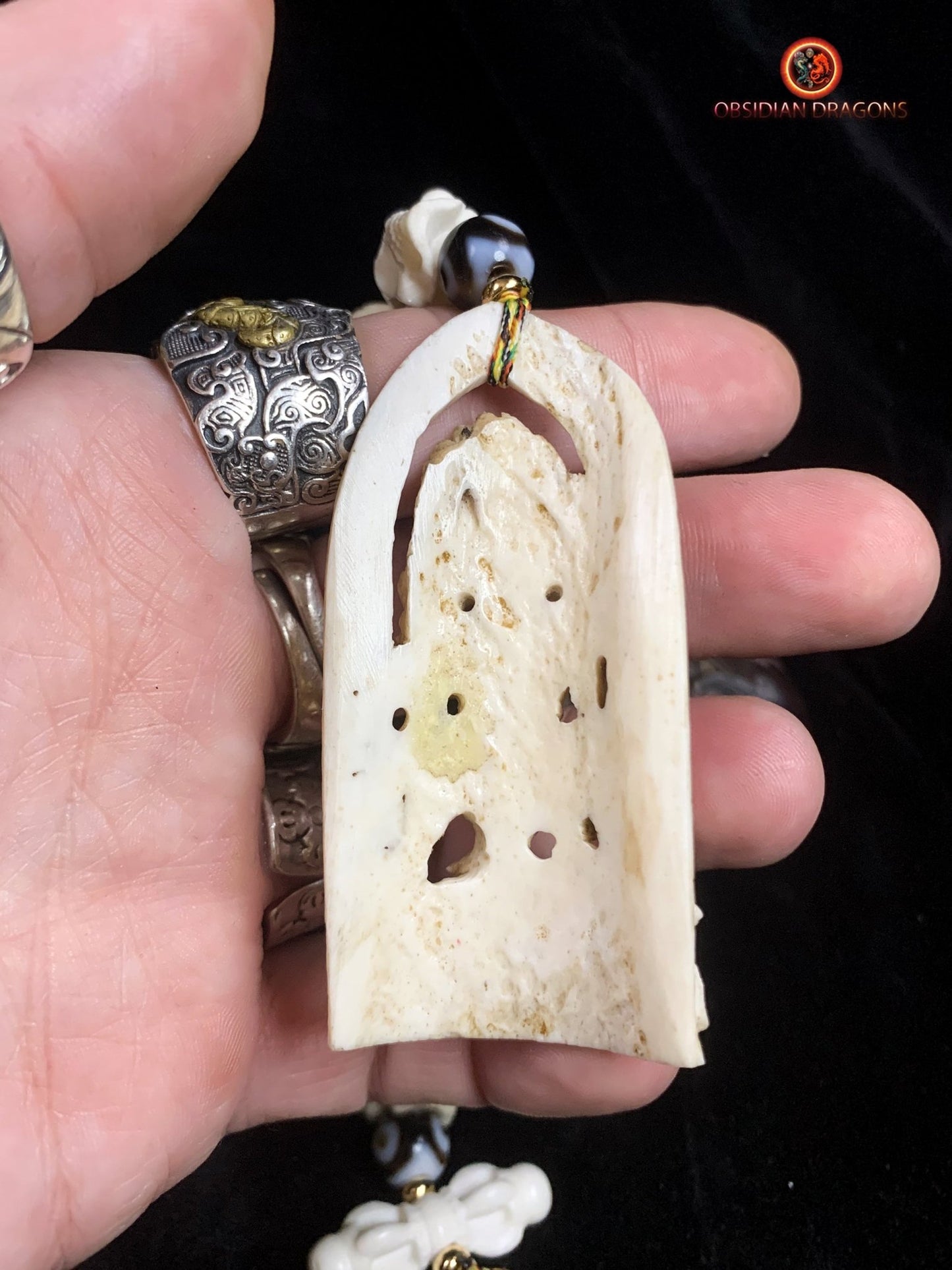
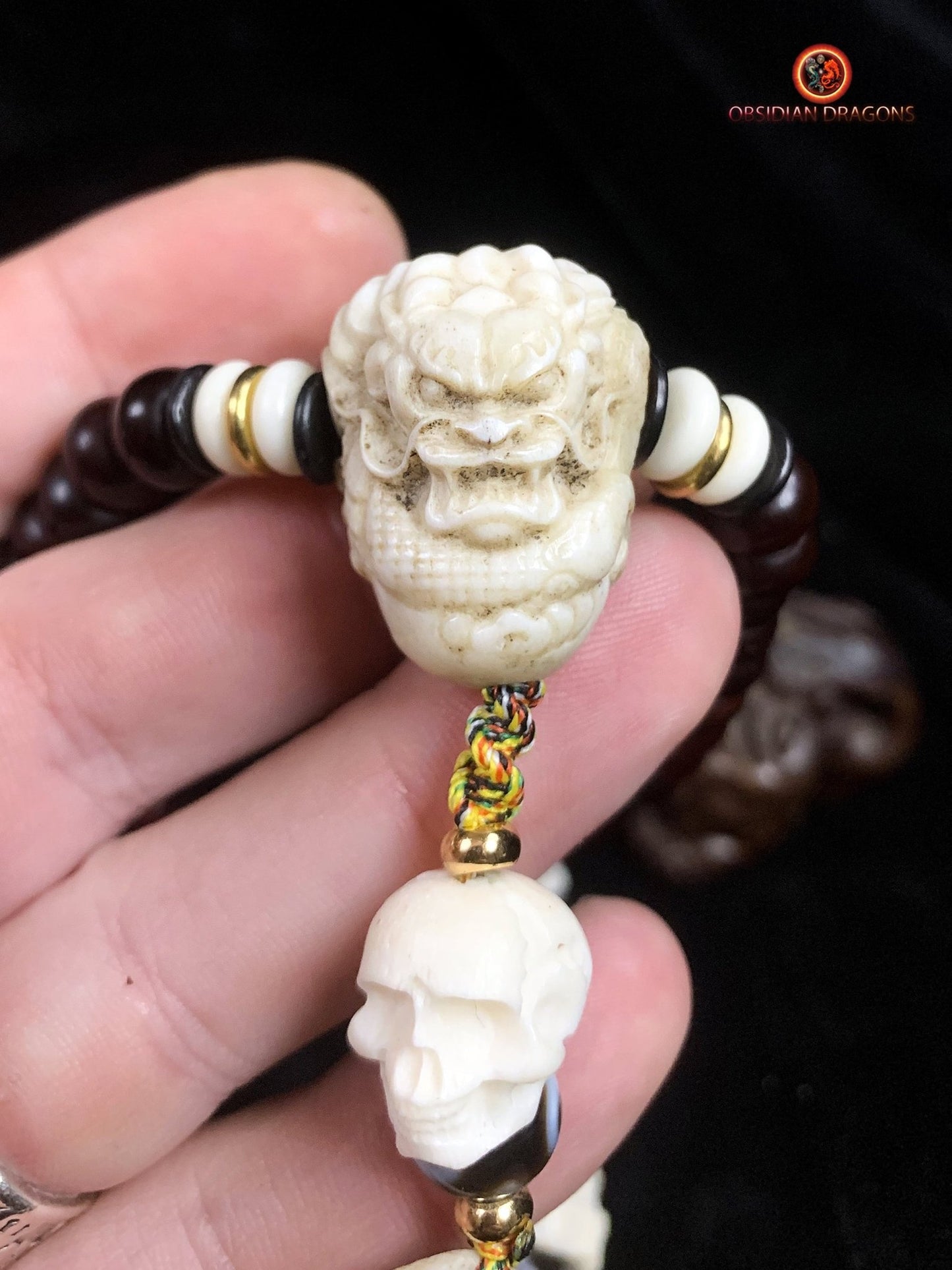
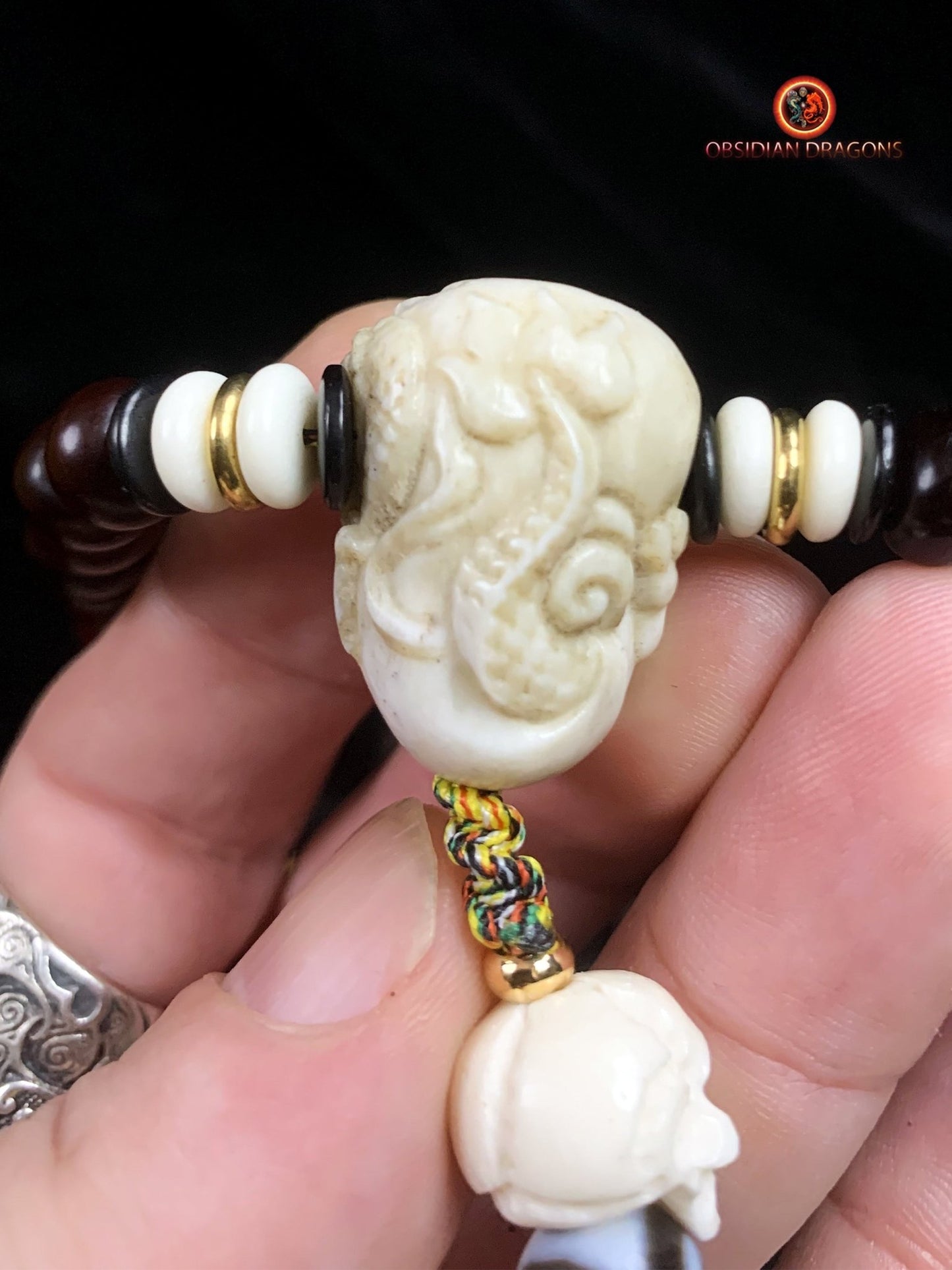
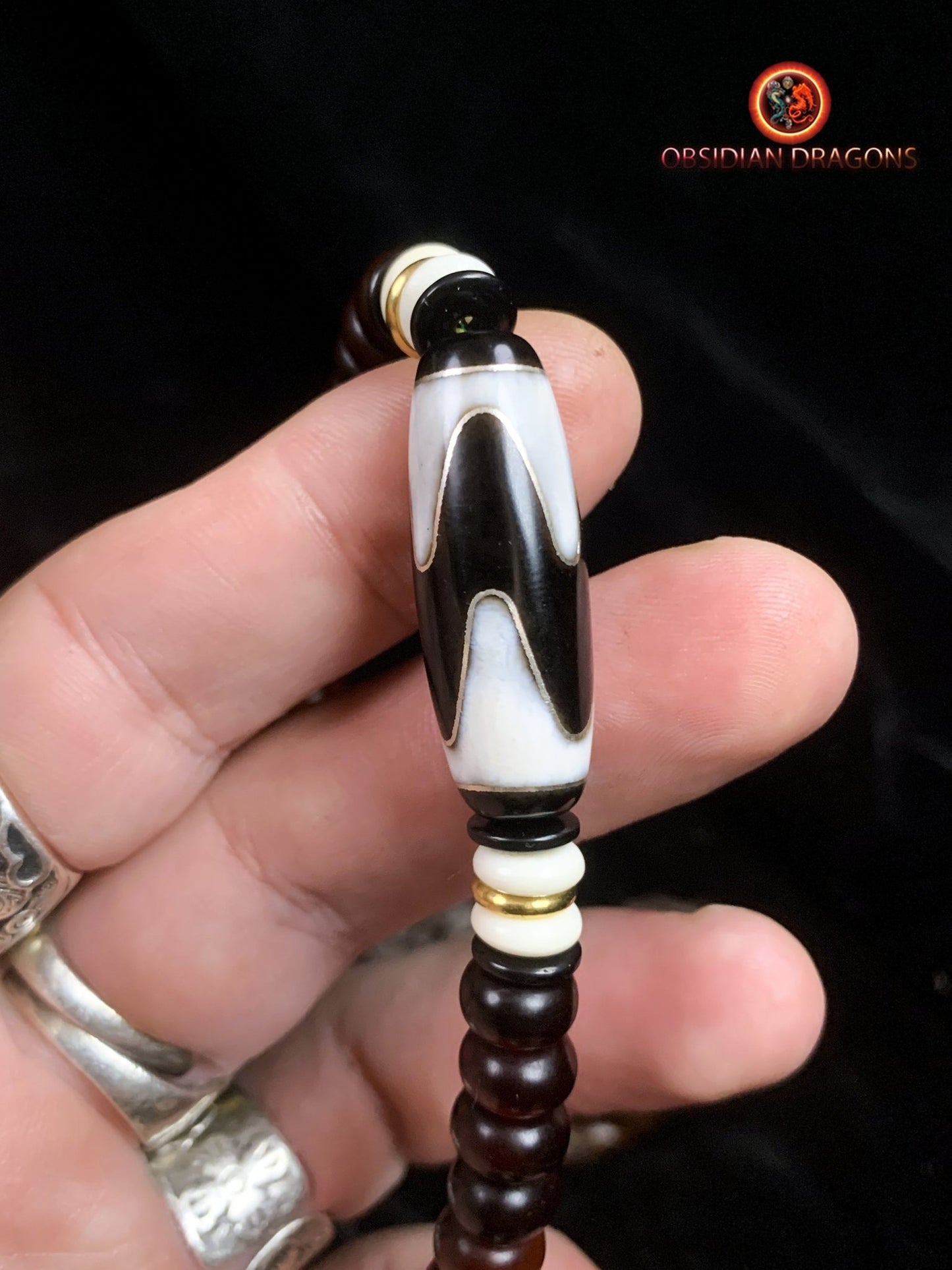
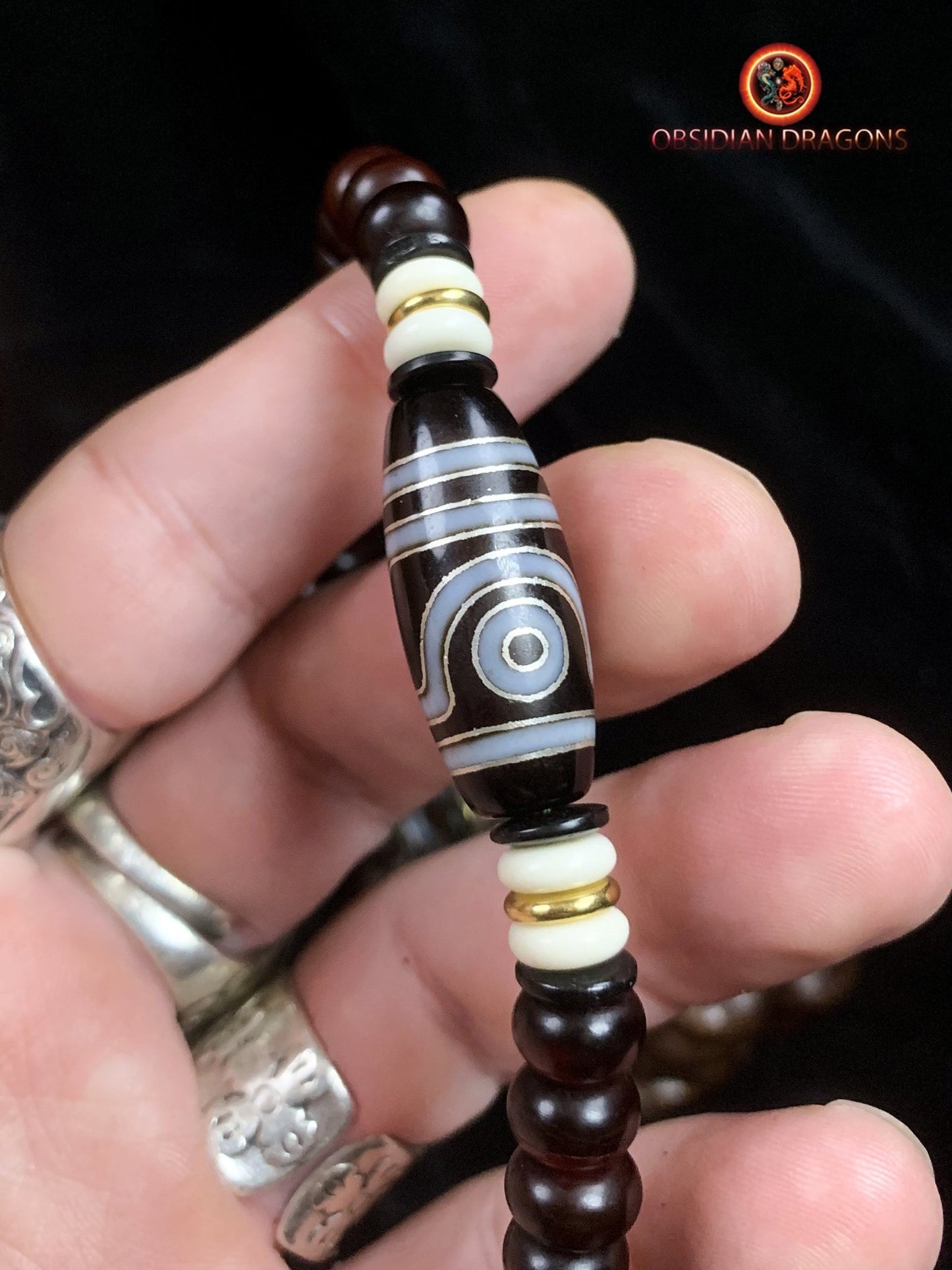
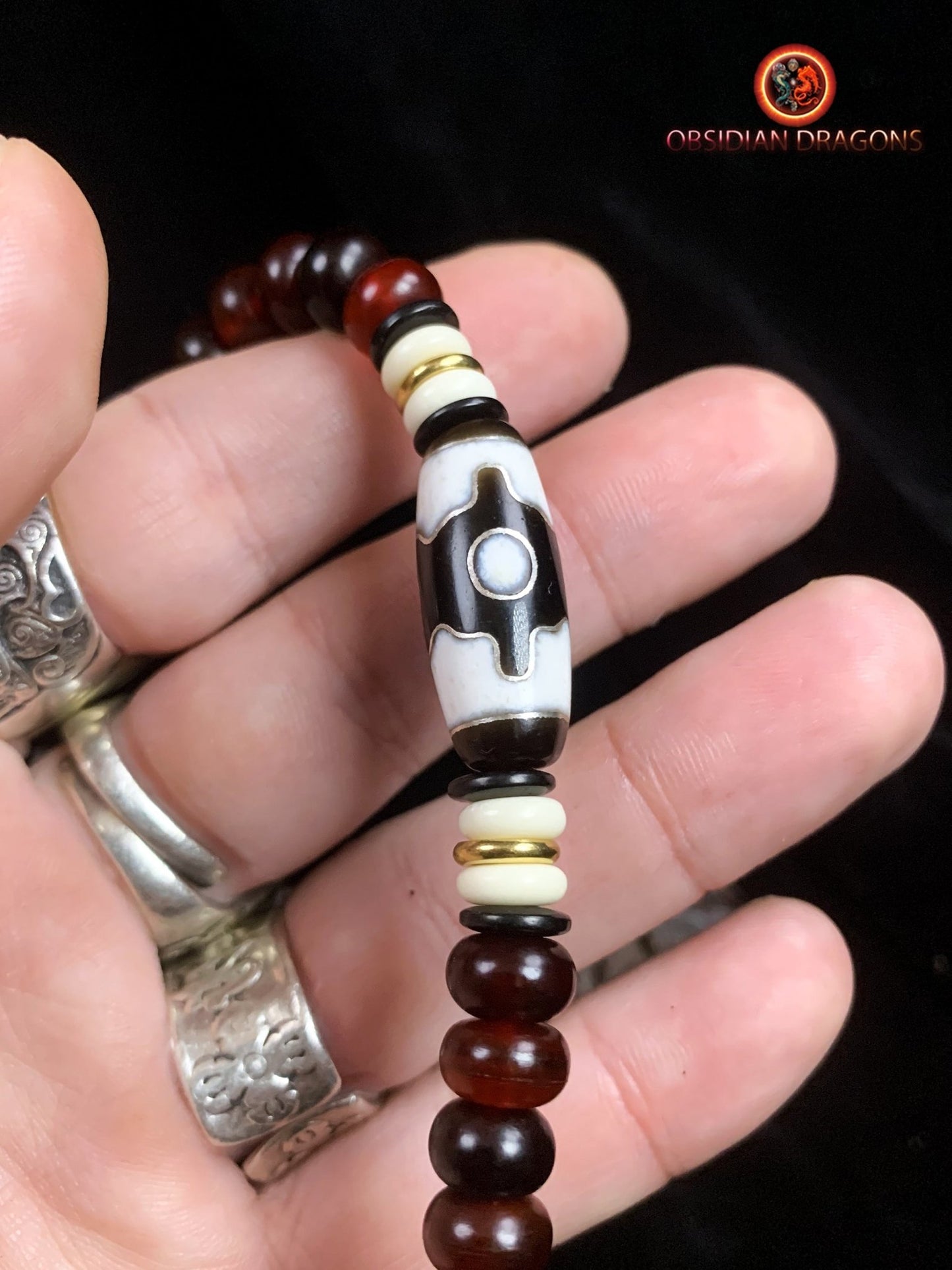
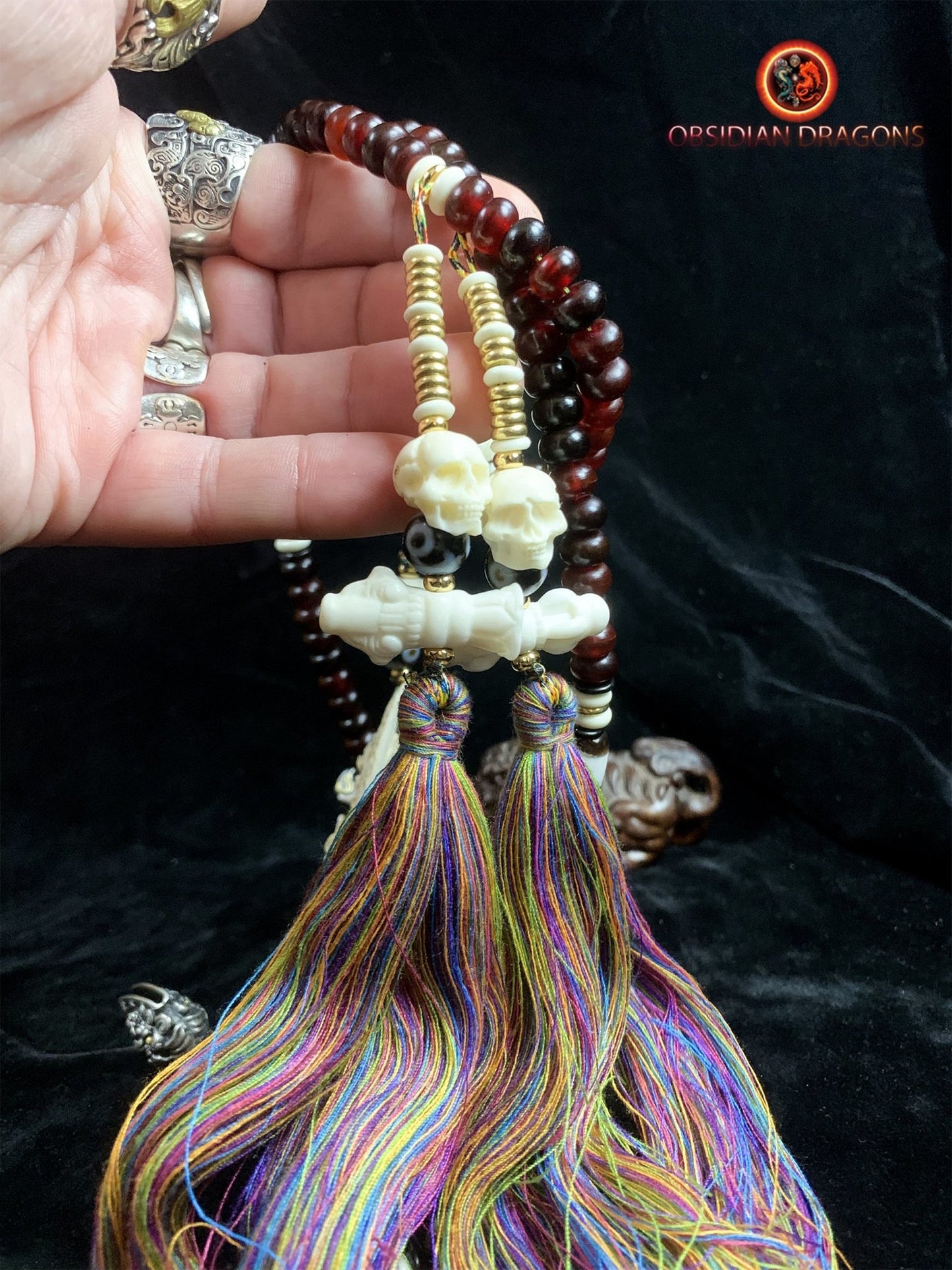
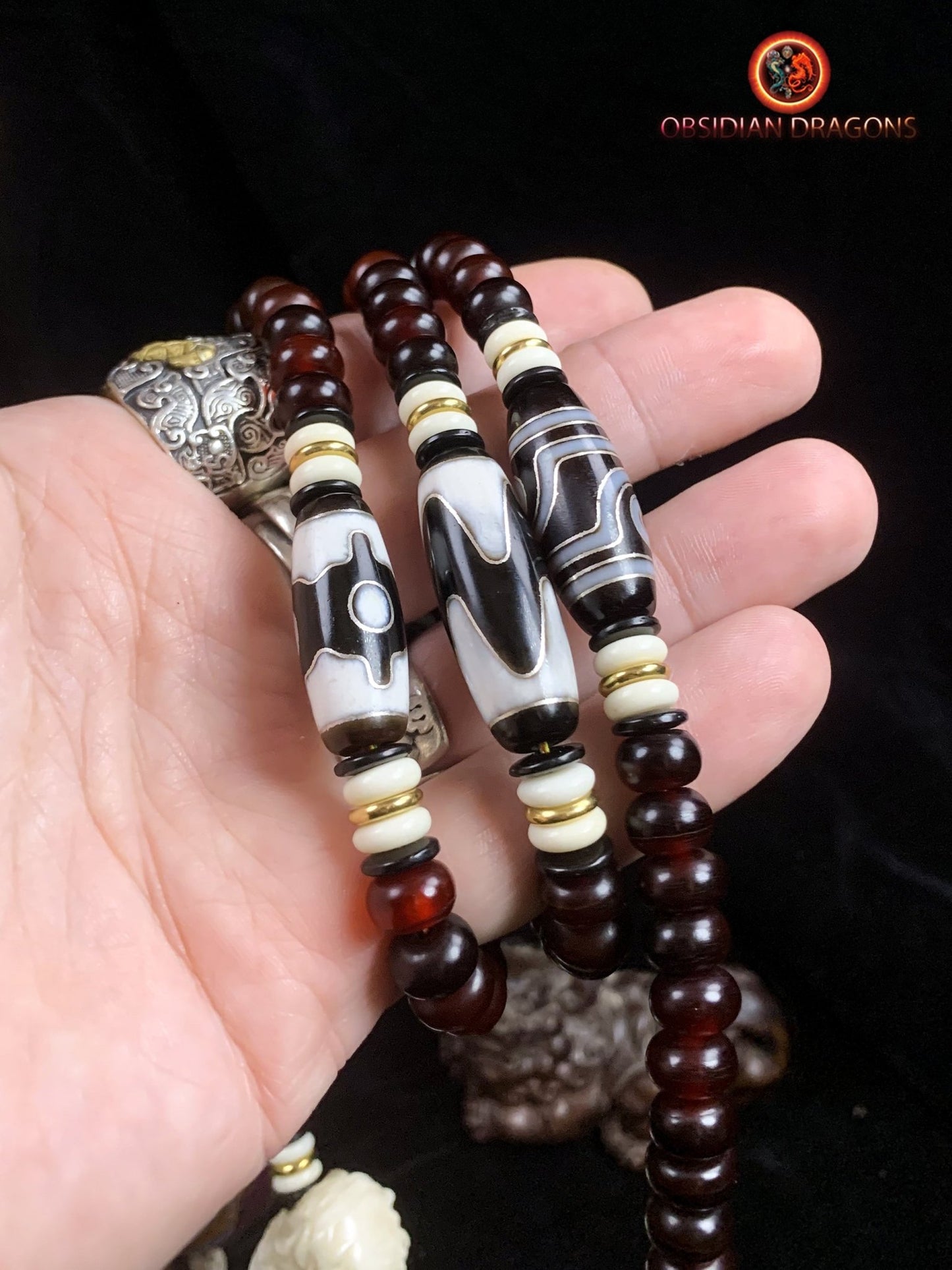
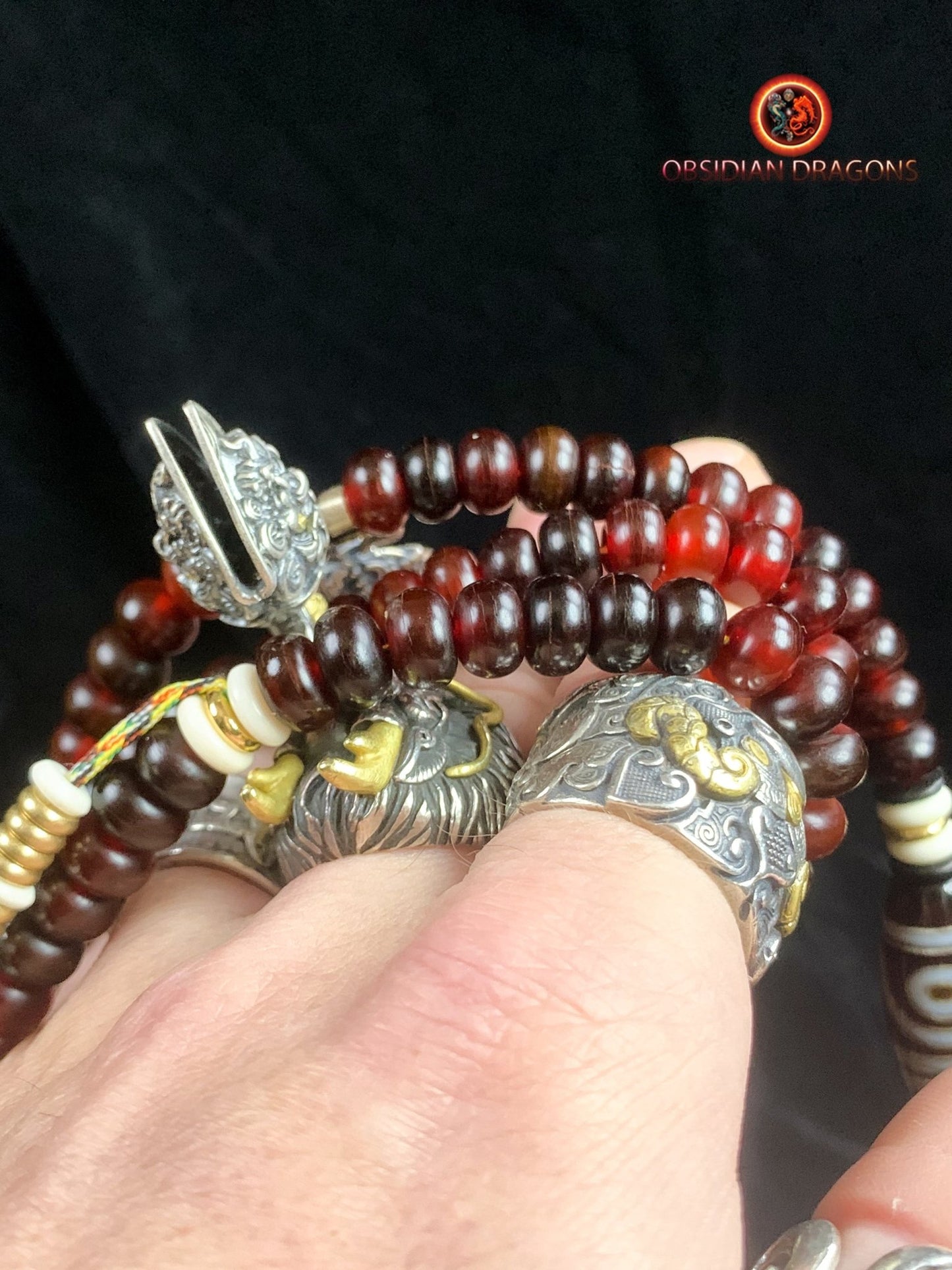
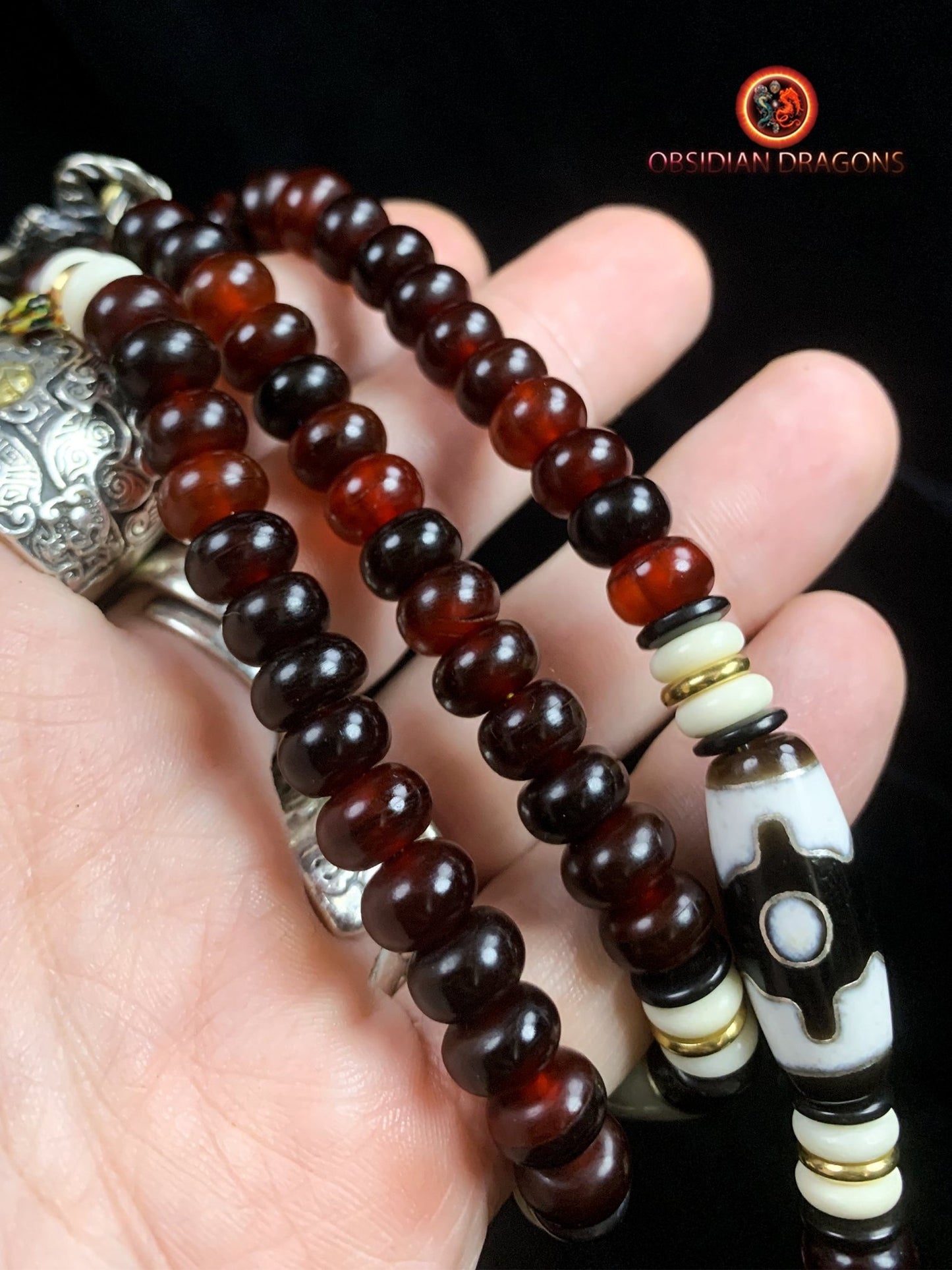
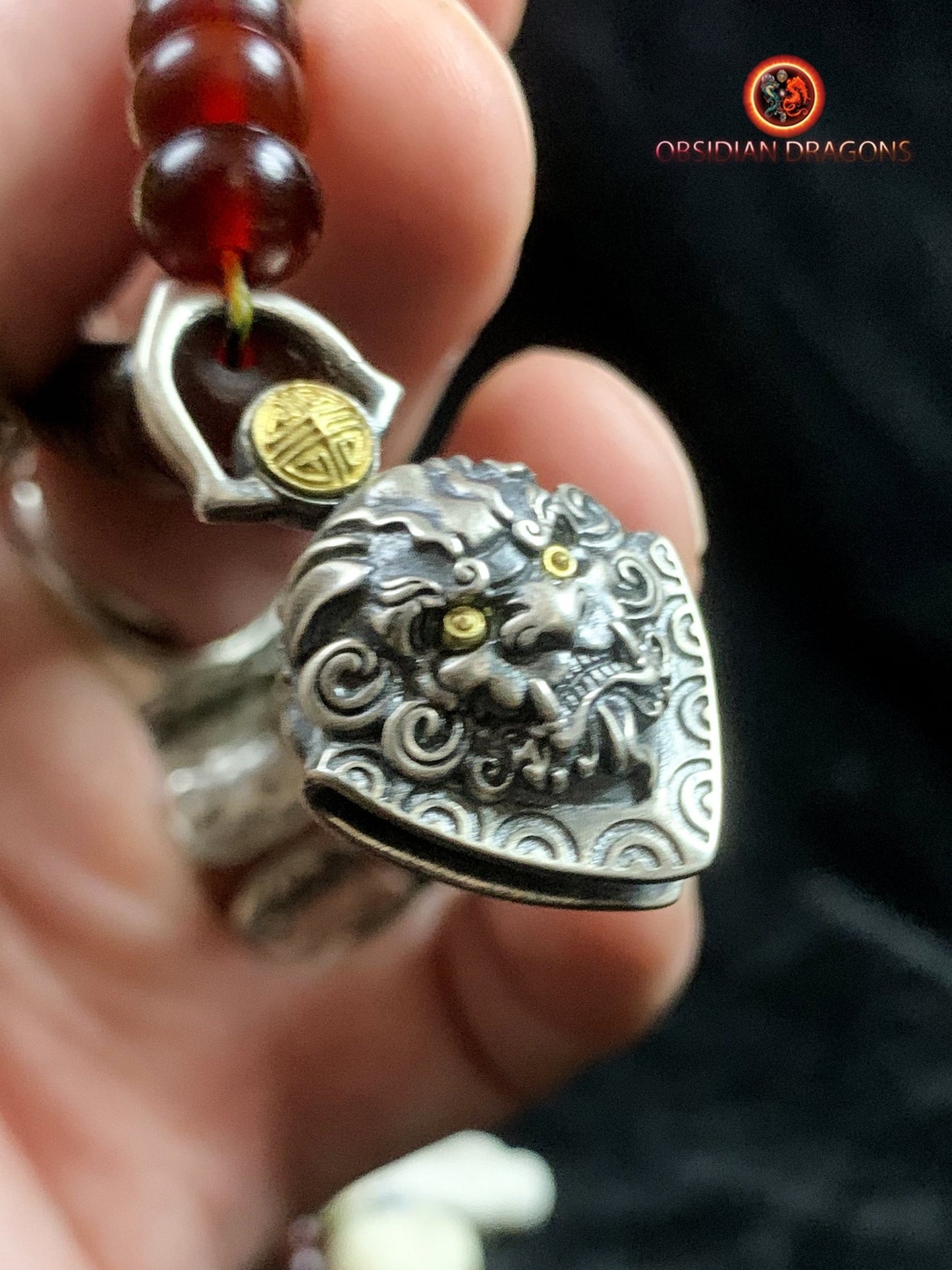
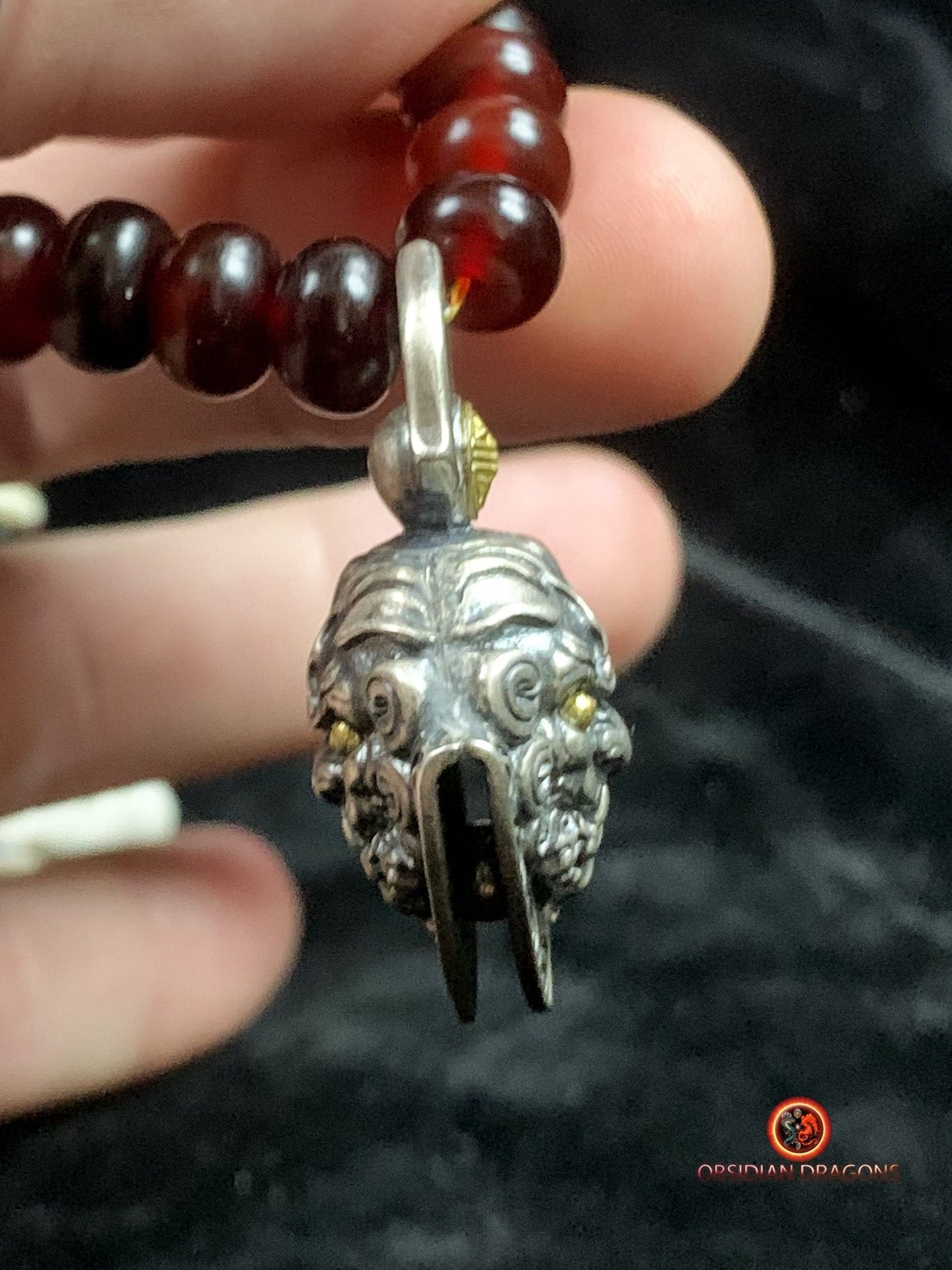
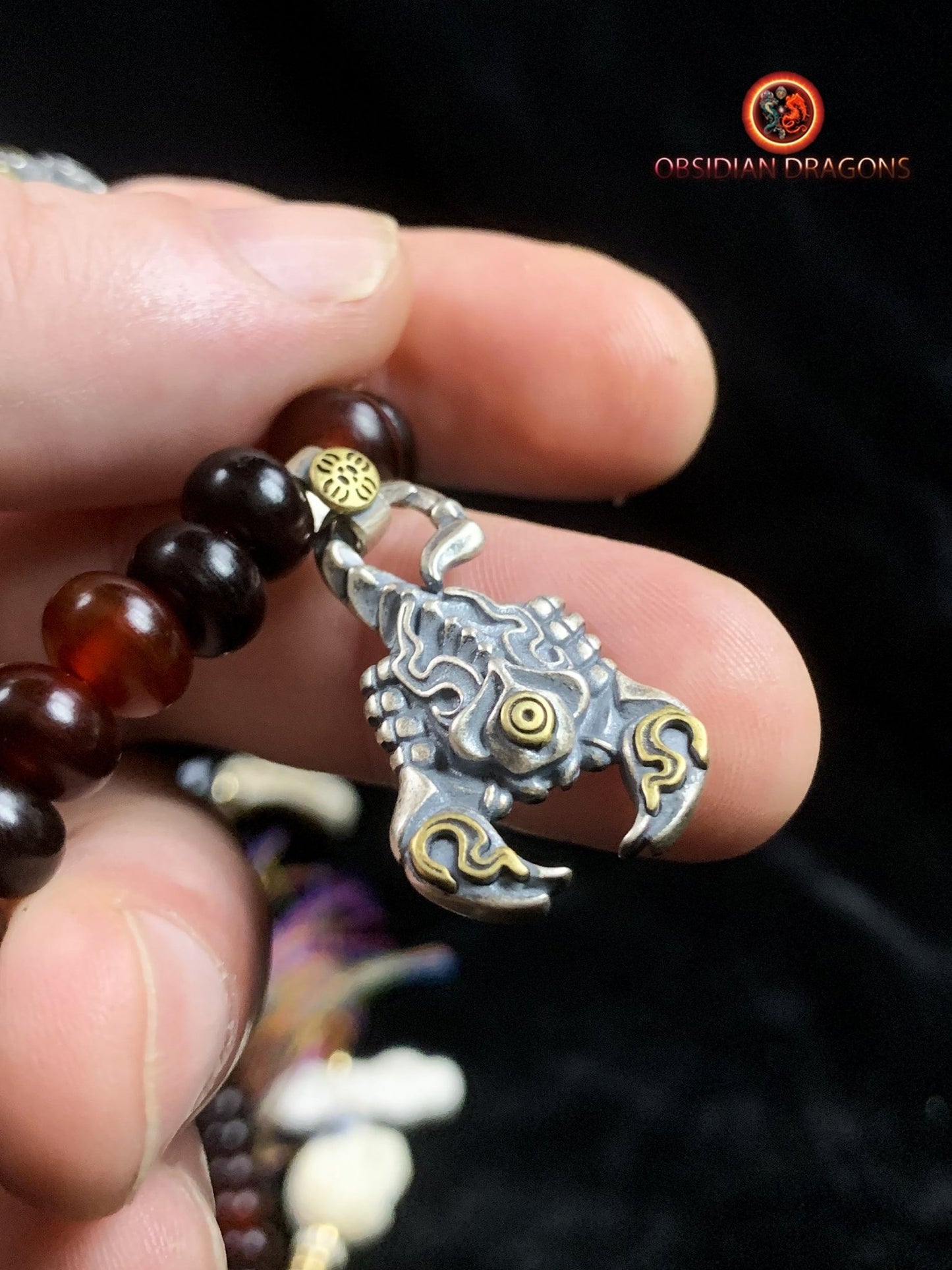
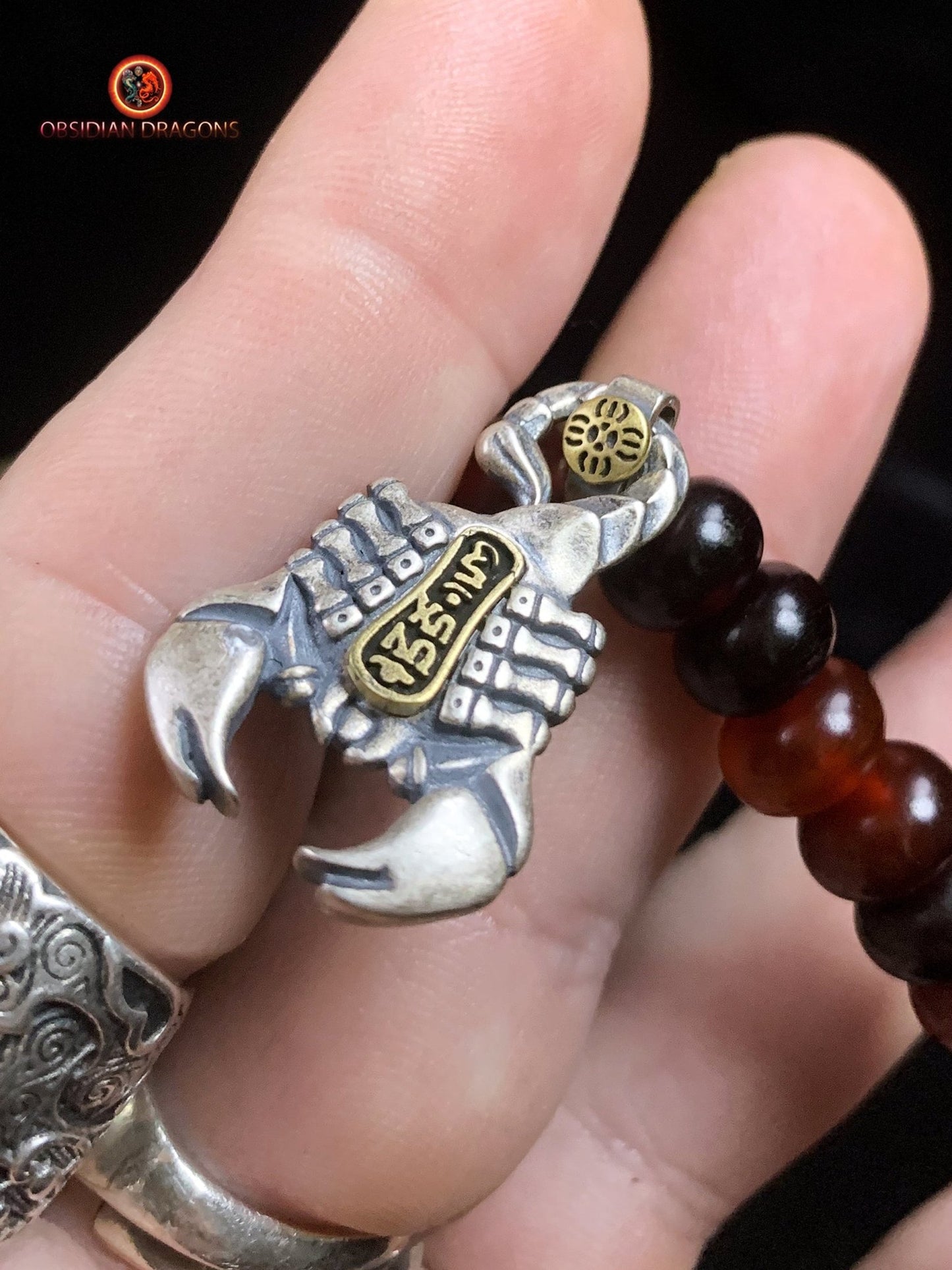
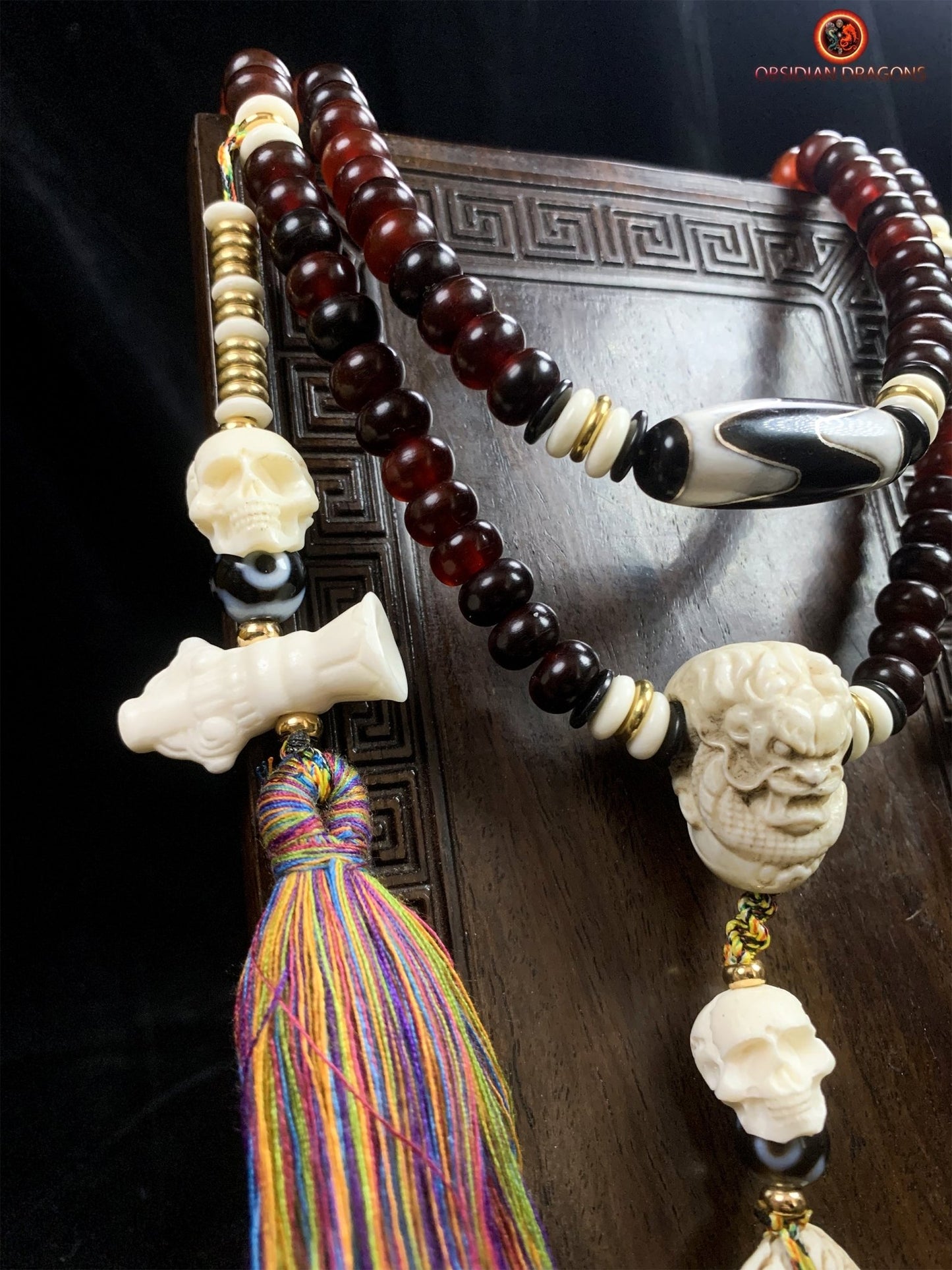

Return conditions for a Zen purchase
We offer you a money back guarantee within 14 days after delivery of your order.
If you are not completely satisfied with your purchase, please contact us to arrange a return of the product and a refund.
Except for returns, shipping is free on all orders.
Multi-column
Button text-

100% secure payment
3 times interest-free option with Scalapay
-

Free delivery in France and internationally
14 days money back guarantee after delivery (see our conditions of sale)
-

Column
Excellent customer service
Live chat
Whatsapp +33674049312
Let customers speak for us
from 917 reviews4eme pièce que j'achète et encore une fois, jamais déçue de l'unicité et de l'originalité. Coup de cœur pour ce bracelet en magnifiques molaires de mammouth, charge de vie et d'histoire. Attention pour un tout petit poignet de fille comme le mien cela peut être trop grand. N'hésitez pas à poser la question à Jeremy sur les tailles, il répond toujours et il est très réactif.

Déjà j’au été très impressionné par la qualité du site web pour tout chercheur de vérité mais également pour la disponibilité de Jérôme qui a su dépasser mes plus grandes attentes pour la commande sur mesure d’un mala en Obsidienne Œil Céleste – Dragon & Bagua Feng Shui. Gràce à ce puissant talisman je peux désormais continuer ma route sereinement. Un très grand merci sincèrement.

magnifique, puissant et apaisant, il m'aide à garder mon calme je le trouve absolument parfait!

J'ai eu l'occasion de rencontrer Jérémy sur Paris avant l'achat...très bon contact avec lui ..il sait de quoi il parle...je suis revenu vers lui pour l'achat de cette magnifique statue...elle a été emballee avec beaucoup de soin pour une expédition de chine... vraiment très satisfait de cet achat..merci

Pendentif dragon en obsidienne œil céleste - Symbole spirituel

Le collier est superbe, et ce pendentif magnifique, ses détails! et l'odeur du bois de santal que c'est agréable! Qualité extra! Contact excellent avec Jérémy, merci beaucoup pour votre gentillesse! Quelle qualité, vivement le mala !

L'objet est très joli et malgré que je ne sois pas un spécialiste, je trouve que le crystal est beau. Il n'est pas parfait et cela me rassure sur la qualité du produit qui est sensé être naturel donc imparfait.
Très bien emballé et en plus housse de rangement offerte.
MERCI

J’ai commandé un crâne de dragon, il est super beau et très puissant. Je l’adore 😍 Et l’envoi a été très rapide 🤗 merci 🙏🏻

bracelet puissant, je suis content de mon achat

Cet artisan est gémologue, il travaille avec des artisans qui sont des vrais artistes, je suis bluffé par la qualité des ouvrages sur l’argent et sa qualité. Quand à la qualité des pierres pas besoin d’être gémologue pour voir la qualité exceptionnelle des pierres, encore une fois le travail de sculpture est exceptionnel.
Mon mala traditionnel est une pure merveille dans la tradition originelle. Le ghau est une merveille qui me comble.
Bref que dire de plus :). Allez sur son site.
PS : vendeur qui connait son métier et les traditions bouddhistes ce qui est un plus en plus :)

Ce crâne est un Etre de Lumière. Attirant , inspirant , "parlant".
Il est un Ami qui tire mes pensées vers le Haut.
Ses énergies vibrent à des fréquences élevées. Il est puissant dans la douceur.
Un crâne de Dragon m'assite également. Merveilleux !

Très beaux bracelet et très puissants

Magnifique crâne givré de l'Himalaya.

cette chevalière est tres bien réalisé, avec beaucoup de détails, je suis heureux de l'avoir

